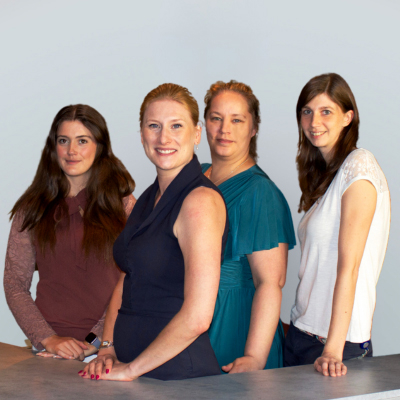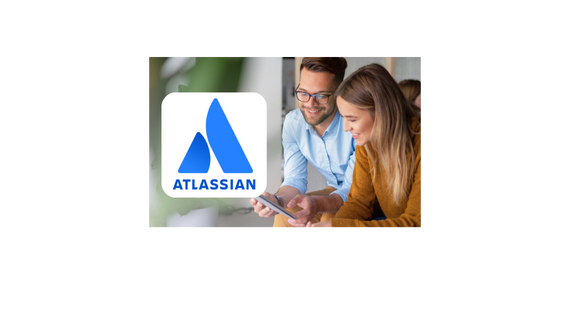The world of project management has evolved significantly over the past few decades. Companies now use a variety of methods to manage projects efficiently and respond to market changes. From agile methods like Scrum and Kanban, which promote flexibility and continuous adaptation, to traditional Waterfall models that follow a linear approach - each model offers specific advantages and disadvantages. However, the reality often lies somewhere in between: many companies adopt hybrid or pseudo-agile methods to combine the best of both worlds.
In this article, we examine the different project management approaches and highlight how they can be applied in practice - depending on the requirements, team structure, and project complexity.
1. Agile Approaches Scrum and Kanban

Agile methods are characterized by flexibility, continuous improvement, and close collaboration within teams. These methods were developed to cope with dynamic, rapidly changing environments and are particularly widespread in software development.
Scrum: An iterative, incremental framework where teams work in defined periods known as "Sprints," during which they achieve a concrete result. The terms "iterative" and "incremental" are key to understanding Scrum: iterative means that processes are repeated to improve the outcome, while incremental refers to building the product step-by-step. Scrum is based on clearly defined roles (Scrum Master, Product Owner, Development Team) and regular feedback loops to enable rapid adjustments.
Kanban: Unlike Scrum, Kanban does not have set sprints. Instead, tasks are visualized on a Kanban board to optimize workflow efficency. Teams work continuously on a defined number of tasks and focus on reducing bottlenecks. Kanban originated from Lean production practices (initially developed by Toyota) and emphasizes continuous workflow optimization. One of Kanban's core principles is limiting Work-in-Progress (WIP) to avoid overloading team members and improve overall productivity
Both methods have proven to be extremely effective in responding to changing requirements, achieving continuous product improvements, and shortening time-to-market.
2. Traditional Approaches Waterfall

The Waterfall model represents a linear, sequential approach to projects. Each phase must be completed before the next begins. It is ideal for projects where the requirements are clearly defined from the start and change little over time.
Clear Structure: The Waterfall model offers a predictable structure and is particularly suitable for projects where safety, regulation, and predictability are paramount, such as in construction or pharmaceuticals. In these cases, changes are costly or risky, and thorough planning is critical to success
Phase-Based Approach: Each project phase (planning, design, development, testing, delivery) is completed in the prescribed order, allowing for strict control over project progress. However, changes are usually implemented through Change Requests, which can be time-consuming and make the model less adaptable in dynamic environments.
While Waterfall offers a clear and structured path for predictable projects, its rigidity can be a disadvantage in fast-paced industries that require frequent adjustments and flexibility. In a fast-paced, digital world, it can be difficult to respond to changes when the entire plan is fixed at the outset.
3. Hybrid and Pseudo-Agile Approaches
Many companies today adopt approaches that are neither fully agile nor fully traditional. Hybrid models combine elements of both worlds to create more flexibility while retaining structure and control.
These mixed approaches provide companies with the flexibility to manage projects effectively, but they also carry the risk of diluting key principles from both worlds, potentially leading to inefficiencies.
4. Technological Support with Atlassian Tools
Regardless of the chosen methodology, the right tools are essential for managing projects efficiently. Atlassian offers a variety of solutions that support the needs of different approaches:

There is no "one-size-fits-all" model in project management. Companies must choose the methodology that best suits their projects, depending on the nature of the project, the requirements, and the flexibility needed. Agile methods offer speed and adaptability, while traditional models provide clear structures. Hybrid and pseudo-agile approaches attempt to combine the advantages of both worlds - though with the risk of stagnating in the middle. However, with the right tools, companies can ensure that they respond flexibly to requirements and manage their projects effectively.
Atlassian portfolio You may also be interested in
Do you need further information about our lifecycle processes?
Are you ready to take your project management to the next level?
Contact us for a no-obligation consultation.

We will gladly help you
- Kleiststraße 10a, 01129 Dresden
- Tel: 0800 8 776 776
- sales@communardo.de



